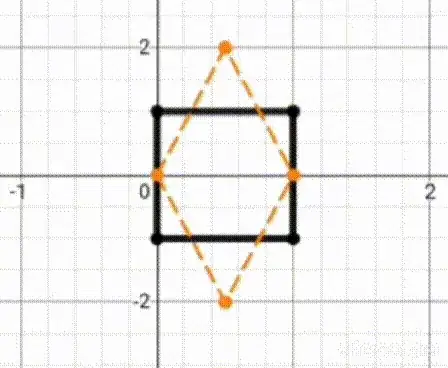For 1. take $f_n$ to be the function whose graph is given by connecting the
points $(0,0), ({1 \over n+1}, 0), ({1\over 2} ({1 \over n+1} + {1 \over n}),1),({1 \over n}, 0), (0,0) $. Then $d(0,f_n) = 1$, and $d(f_n,f_m) = 1$ for all $n \neq m$ hence there are no convergent subsequences.
$f_n$ is a 'tooth' of height $1$ with support in $[{1 \over n+1},{1 \over n}]$.
For 2. in a similar fashion, take $f_n$ to be the function whose graph is given by connecting the
points $(0,0), ({1 \over n+1}, 0), ({1\over 2} ({1 \over n+1} + {1 \over n}), 2n (n+1)), ({1 \over n}, 0)), (0,0) $. Then , as above, $d(0,f_n) = 1$, and $d(f_n,f_m) = 2$ for all $n \neq m$ hence there are no convergent subsequences.
$f_n$ is a 'tooth' of height $2n(n+1)$ with support in $[{1 \over n+1},{1 \over n}]$.
